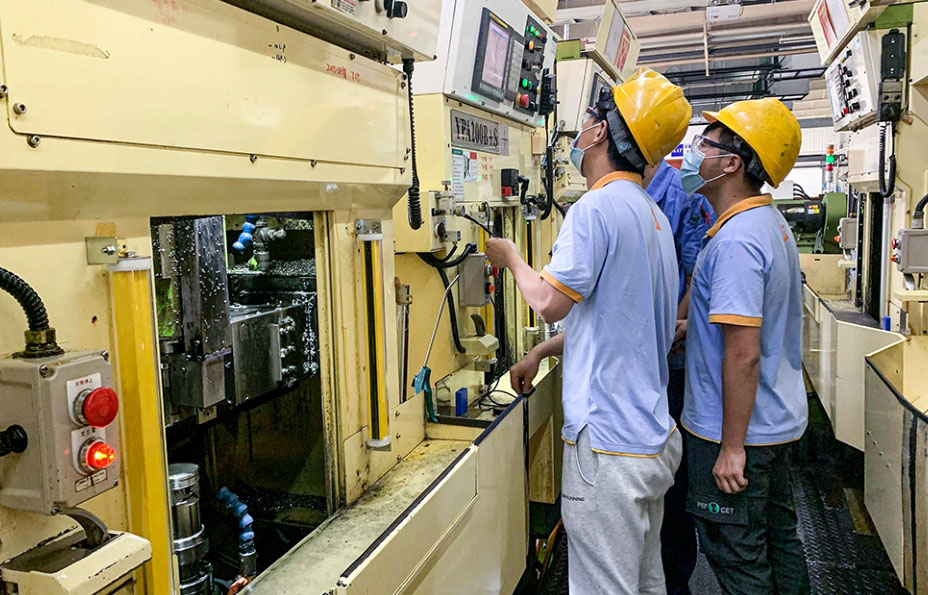The Critical Role and Technical Challenges of Safety Light Curtains in Autonomous Vehicles
 15 Apr 2024 click : 550
15 Apr 2024 click : 550In autonomous vehicles, safety light curtains play a key role, mainly involving vehicle surroundings sensing and safety. However, there are some technical challenges associated with using safety light curtains in autonomous vehicles. The following are the key roles and technical challenges of safety light curtains in automatic driving vehicles:

Critical Role:
1.Obstacle detection and avoidance:
Role: Safety light curtains detect obstacles by sensing objects around the vehicle to help the vehicle avoid obstacles and ensure safety while traveling.
Significance: Driverless vehicles rely on safety light curtains to sense the vehicle's surroundings and help the system make real-time decisions to avoid collisions and ensure the safety of the vehicle and other traffic participants, such as pedestrians.
2.Human detection and interaction:
Role: Safety light curtains are used to detect pedestrians and other interacting objects to ensure that the vehicle is aware of pedestrians around it while traveling and takes appropriate action to keep them safe.
Significance: Human detection enables vehicles to recognize and understand pedestrians in their surroundings, providing the basis for vehicles to achieve safe interaction with pedestrians.
3.Environmental perception enhancement:
Role: The safety light curtain can enhance the vehicle's ability to perceive the environment, including detecting intersections, lane lines, traffic signs, etc., helping the vehicle to better understand and adapt to different road environments.
Significance: Enhanced environmental awareness helps to improve the autonomy and adaptability of vehicles, enabling them to drive in diverse traffic scenarios.
Technical Challenges:
1.Accurate sensing and detection:
Challenges: Highly accurate obstacle detection and human sensing are critical to ensuring safety, but accurate sensing and detection under varying weather, lighting, and scene conditions remains a technical challenge.
2.Real-time and low latency:
Challenges: Driverless vehicles require real-time environmental sensing to make timely decisions while traveling. Therefore, low latency requirements for raster sensors and data processing are high.
3.Complex scene processing:
Challenges: Road traffic situations can be very complex, including dense traffic flow, complex intersections, etc. Safety gratings need to be able to handle these complex scenarios effectively and improve adaptability to complex traffic environments.
4.Multimodal integration:
Challenges: Integrating information from multiple sensors (e.g., optical, radar, LiDAR, etc.) to obtain comprehensive environmental awareness is a challenge, especially while ensuring system stability and real-time performance.
5.Interference resistance and safety:
Challenges: Security gratings need to have high anti-jamming properties to prevent false or missed alarms, while ensuring system security against malicious attacks or interference.
Through continuous innovation and technological advances, researchers and engineers are working to overcome these challenges to better enable safety gratings to play a key role in self-driving vehicles, ensuring a high level of safety when traveling in complex traffic environments.





